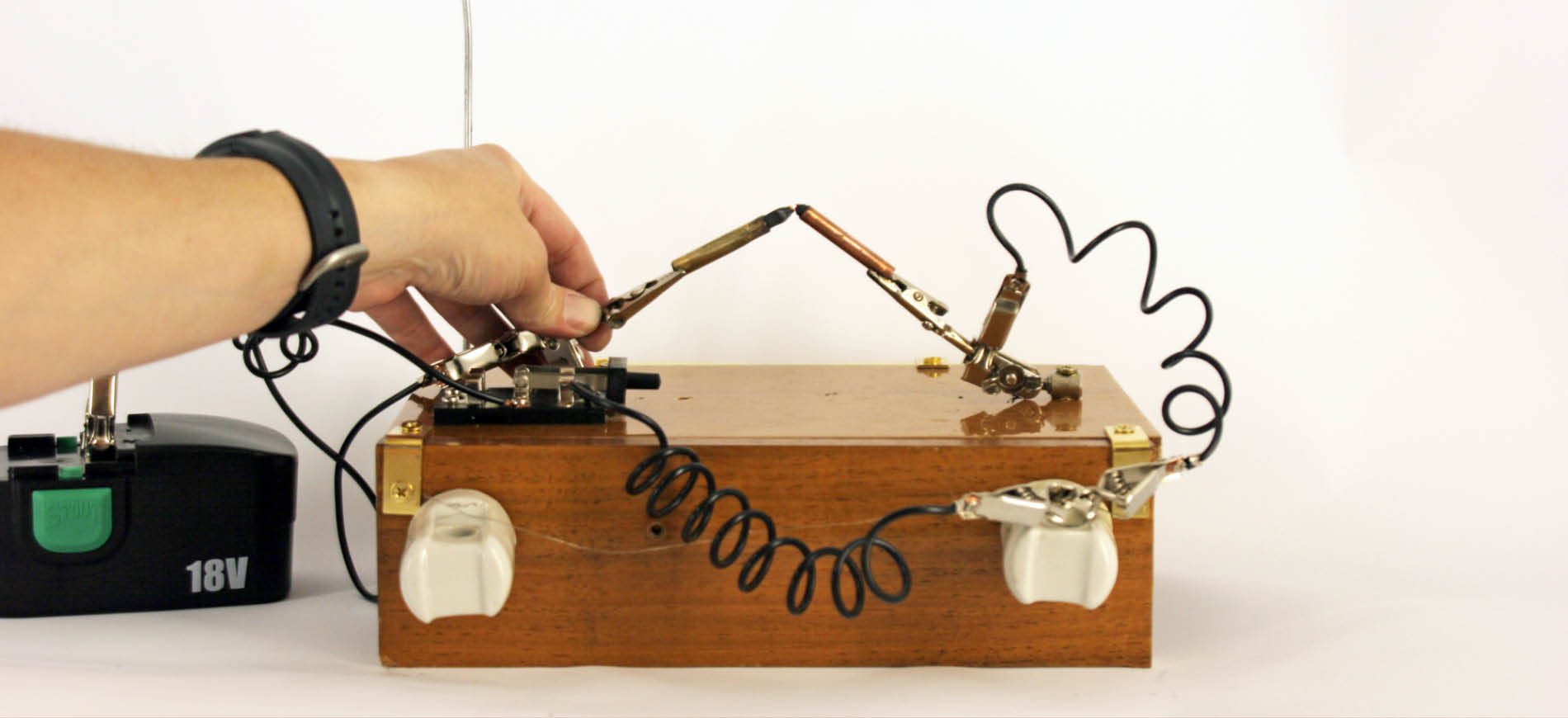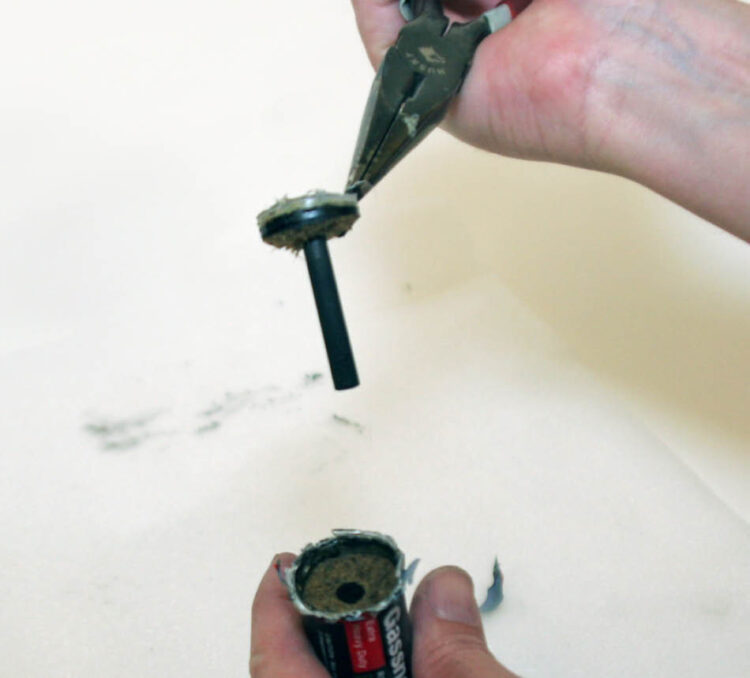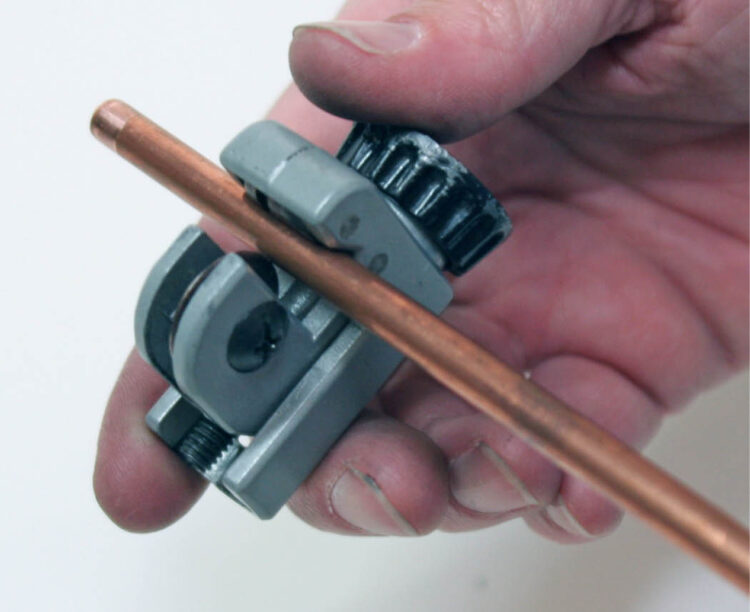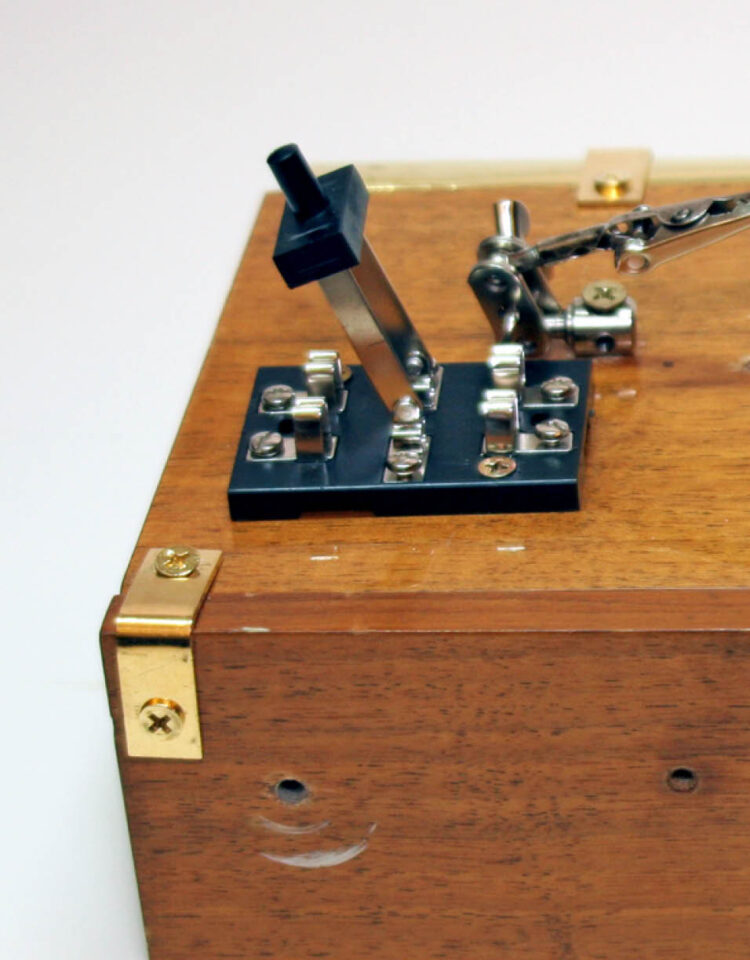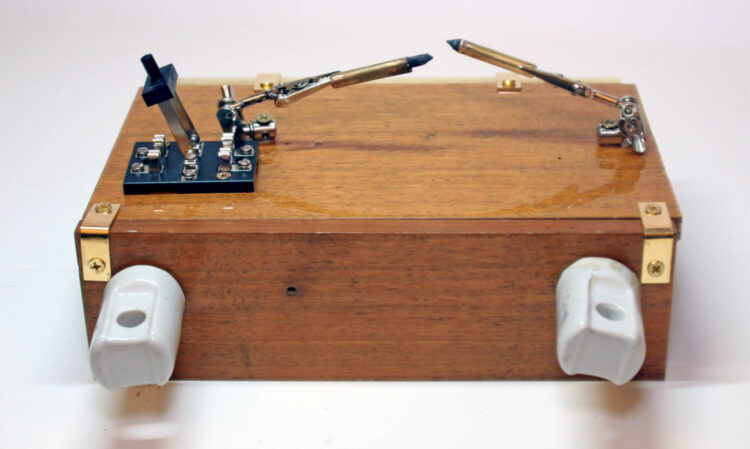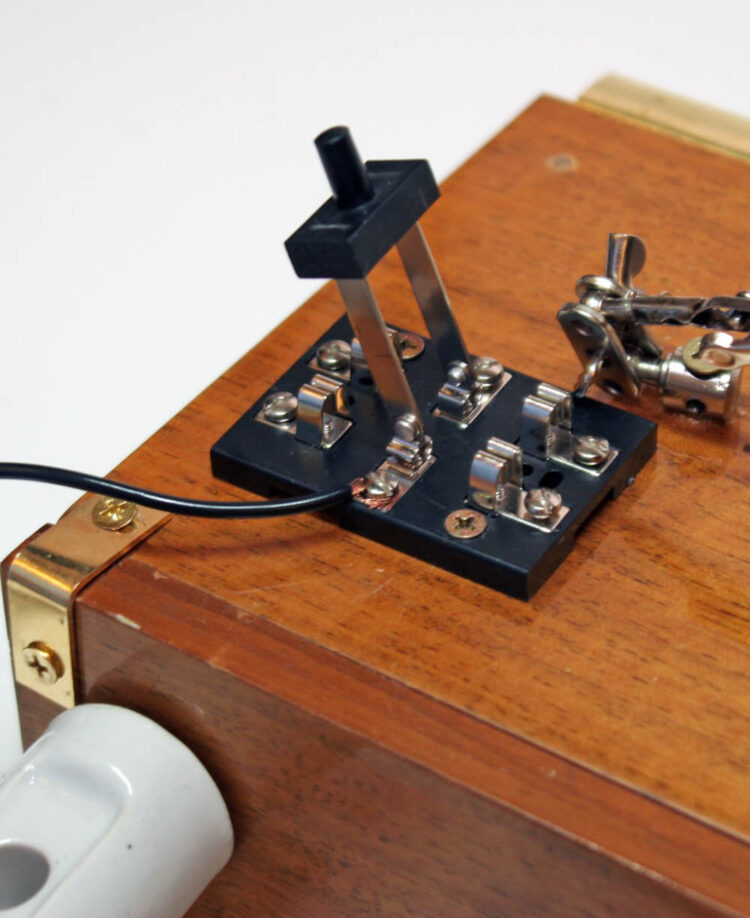
Thomas Edison did not invent the first electric light.1 More than 70 years before Edison’s 1879 incandescent lamp patent, the English scientist Humphry Davy developed a technique for producing controlled light from electricity.
Sir Humphry Davy (1778–1829) was one of the giants of 19th-century science. A fellow of the prestigious Royal Society, Davy is credited with discovering, and first isolating, elemental sodium, potassium, calcium, magnesium, boron, barium, and strontium. A pioneer in electrochemistry, he also developed the first medical use of nitrous oxide and invented the miner’s safety lamp. The safety lamp alone is directly responsible for saving hundreds, if not thousands, of miners’ lives.

Brilliant mistakes:
Humphry Davy, chemist, inventor, and philosopher: “I have learned more from my failures than from my successes.”
But it is his invention of the arc lamp for which we remember him here. Davy’s artificial electric light consisted of two carbon rods, made from wood charcoal, connected to the terminals of an enormous collection of voltaic cells. (In Davy’s day, thousands of cells, similar to modern chemical batteries, had to be wired together in series to produce the voltage required to strike an arc between the carbon electrodes.) When Davy closed the switch connecting the battery to the electrodes, electricity jumped between the carbon tips. The result — a continuous, glaring, lucent dot of white heat — was so bright that it was dangerous to look at for more than a split second.
While making an arc light isn’t terribly complicated, the arc’s underlying physical processes are indeed complex. Although normally a nonconductor, carbon will conduct electricity in certain circumstances. The graphite rods used in arc lights conduct electricity, albeit grudgingly, if enough electrical potential is applied. At high voltage levels, the rod tips become white-hot, and carbon particles break away from the main body of the rod. Within the resulting particulate mist, small bits glow white with heat and jump across the spark gap between electrodes. This produces the incandescent arch of light known as an electric arc.
“The Dazzling Splendor,” as Davy called it, was a tricky beast to control. After the initial sparks appeared between the electrode tips, Davy had to separate the carbon electrodes slightly and carefully in order to sustain the continuous, bright arc of electricity. Once that was accomplished, he found the device could sustain the arc for long periods, even as the carbon rods were consumed in the heat of the process.
Davy’s arc lamp of 1807 was not economically practical until the cost of producing a 50V-or-so power supply became reasonable. This didn’t occur until the mid-1870s, with the introduction and commercialization of the electrical dynamo. But as soon as that happened, arc lights were everywhere, arche-typically in searchlights, as well as in lighthouses, streetlights, movie sets, and movie projectors.
It took a lot of juice to run a searchlight. To maintain its arc, a 60-inch-diameter World War II vintage carbon arc searchlight drew about 150 amps at 78 volts, which is roughly equivalent to a 12,000-watt light bulb. A lot of power, yes, but it could light up an airplane 5 miles away.
Perhaps the largest carbon arc lamp ever made was the 80-inch-diameter monster searchlight built at the turn of the 20th century by General Electric. It lit the grounds of the 1904 St. Louis World’s Fair with its billion-candlepower arc light.
This Remaking History project shows how to make a smaller version of the dazzling splendor in your workshop without too much trouble.
Safety cautions
Please read before beginning the project.
• The arc light produces strong ultraviolet light that can damage skin and eyes. For safety, use arc welding style eye and skin protection including gloves, long sleeves, and a helmet with #7 shade or darker when using the arc light.
• The Nichrome wire and copper electrode holders get extremely hot. Be very careful around them! There is little to no shock hazard associated with 12- and 18-volt batteries.
• This is a demonstration device only and should only be operated intermittently and for brief intervals. Running the arc lamp for too long can damage your battery or battery charger. If using a battery charger, check the ammeter on your charger to make sure the circuit is not shorted. If it is, or nearly is, use a longer Nichrome wire.
The dazzling splendor

You can build Sir Davy’s world-changing 1807 invention out of simple materials such as copper and carbon, powered by a 12V or 18V battery instead of Davy’s primitive voltaic cells. He used charcoal, but nowadays it’s easiest to get your carbon rods straight out of non-alkaline batteries.

When electricity is applied, small bits of hot carbon jump across the gap, producing a dazzling incandescent arc.

- It seems that Edison may deserve credit for the first electric light bulb, but even that is controversial. ↩︎


